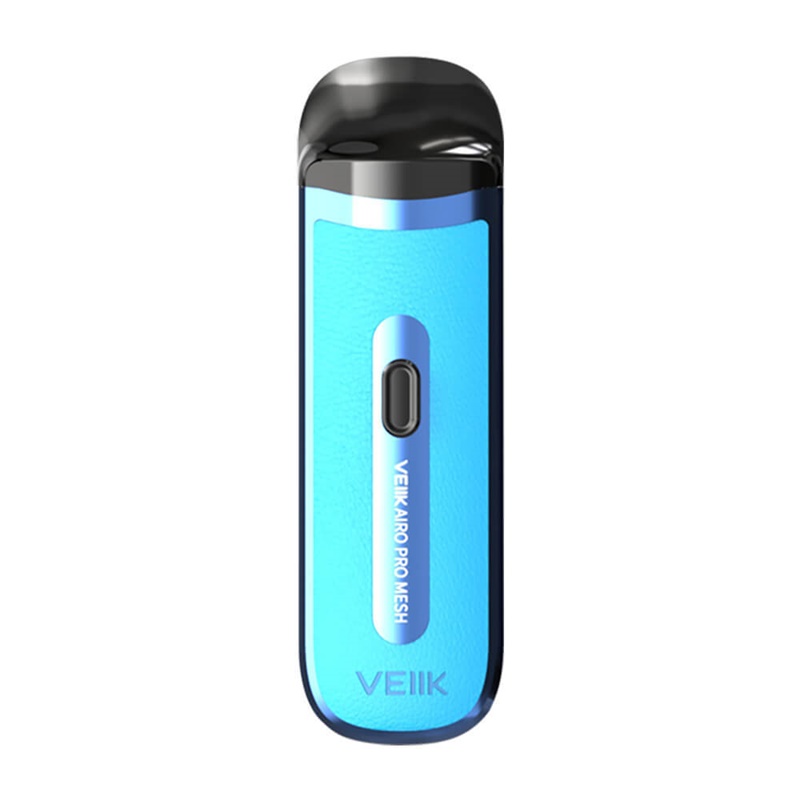
The first model, the Rolls-Royce Eagle, entered production in 1915. Īn Eagle VIII WWI era aero-engine Rolls-Royce Eagle aero-engine Īero-engine manufacturing began in 1914 at the government's request. Its chassis was used as a basis for the first British armoured car used in both world wars. The new 40/50 was responsible for Rolls-Royce's early reputation with over 6,000 built. Unofficially the press and public immediately picked up and used Silver Ghost for all the 40/50 cars made until the introduction of the 40/50 Phantom in 1925. Johnson had an early example finished in silver and named, as if it were a yacht, Silver Ghost. In March 1908, Claude Johnson, Commercial Managing Director and sometimes described as the hyphen in Rolls-Royce, succeeded in persuading Royce and the other directors that Rolls-Royce should concentrate exclusively on the new model, and all the earlier models were duly discontinued. Initially designated the 40/50 hp, this was Rolls-Royce's first all-new model. continued to operate separately).Ĥ0-50 open tourer by Hooper, 1920 Rolls-Royce 40/50 ĭuring 1906 Royce had been developing an improved six-cylinder model with more power than the Rolls-Royce 30 hp. (The non-motor car interests of Royce Ltd. The investment in the new company required further capital to be raised, and on 6 December 1906 £100,000 of new shares were offered to the public. The new factory was largely designed by Royce, and production began in early 1908, with a formal opening on 9 July 1908 by Sir John Montagu. After considering sites in Manchester, Coventry, Bradford and Leicester, it was an offer from Derby's council of cheap electricity that resulted in the decision to acquire a 12.7 acres (51,000 m 2) site on the southern edge of that city. Rolls-Royce Limited was formed on 15 March 1906, by which time it was apparent that new premises were required for production of cars. The first Rolls-Royce car, the Rolls-Royce 10 hp, was unveiled at the Paris Salon in December 1904. a 30 hp (22 kW) six-cylinder model priced at £890 (£90,000 in 2014), Īll would be badged as Rolls-Royces and be sold exclusively by Rolls.In spite of his preference for three- or four-cylinder cars, Rolls was impressed with the Royce 10, and in a subsequent agreement on 23 December 1904 agreed to take all the cars Royce could make. Rolls was proprietor of an early motor car dealership, C.S. Henry Royce was introduced to Charles Rolls at the Midland Hotel, Manchester on 4 May of that year. He made his first car, a two-cylinder Royce 10, in his Manchester factory in 1904. Henry Royce started an electrical and mechanical business in 1884. 6 1977 Rolls-Royce drops (1971) from its name.



The useful portions were bought by a new government-owned company named Rolls-Royce (1971) Limited which continued the core business but sold the holdings in British Aircraft Corporation (BAC) almost immediately and transferred ownership of the profitable but now financially insignificant car division to Rolls-Royce Motors Holdings Limited, which it sold to Vickers in 1980. In 1971, the owners were obliged to liquidate their business. In the late 1960s, Rolls-Royce was adversely affected by the mismanaged development of its advanced RB211 jet engine and consequent cost over-runs, though it ultimately proved a great success. Rolls-Royce has built an enduring reputation for development and manufacture of engines for defence and civil aircraft. Joint development of jet engines began in 1940 and they entered production. The First World War brought them into manufacturing aero-engines. Building on Royce's reputation established with his cranes they quickly developed a reputation for superior engineering by manufacturing the "best car in the world". Rolls-Royce was a British luxury car and later an aero-engine manufacturing business established in 1904 in Manchester, United Kingdom by the partnership of Charles Rolls and Henry Royce.


 0 kommentar(er)
0 kommentar(er)
